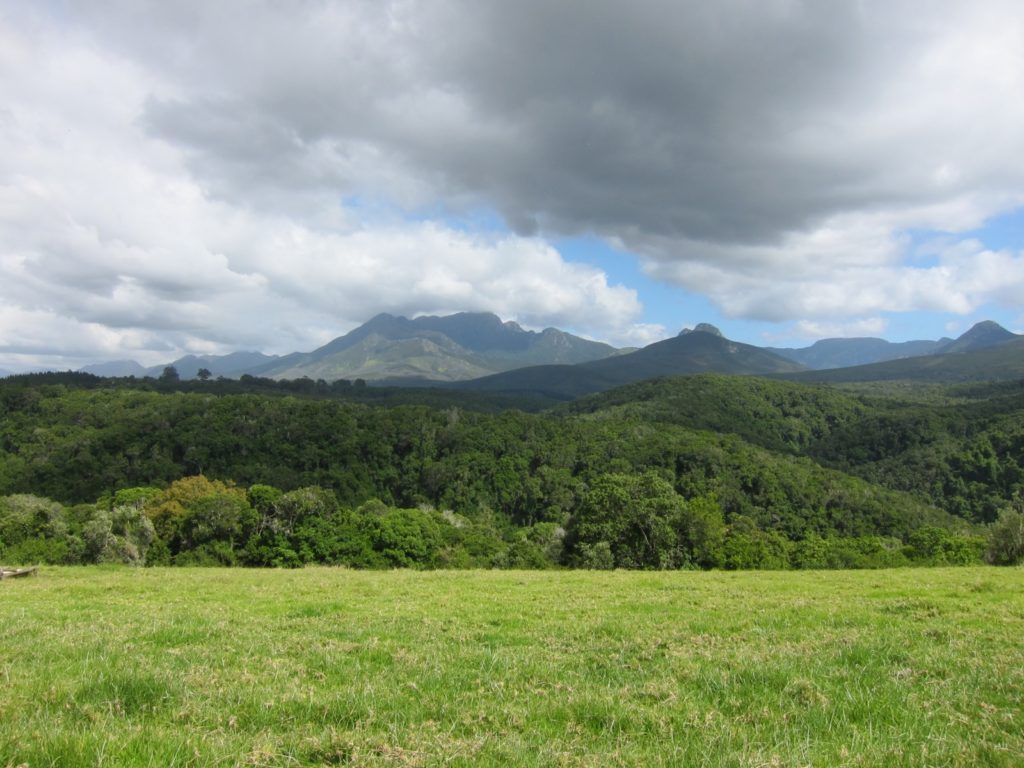
Wilderness areas are strongholds for biodiversity. They buffer and regulate local climates, and they support many of the world’s most politically and economically marginalized communities. While there is a great deal of attention being paid to the loss of species around the world, there is relatively little focus on the loss of entire ecosystems. Simply put, wilderness is on the decline, and it has been ever since human civilization began its inexorable expansion.
A recent report in the journal Current Biology looked at how much of the world’s land area remains as wilderness. Wilderness is defined as biologically and ecologically intact landscapes free of any significant human disturbance. The answer is about 11 million square miles, or about 20% of the world’s land area. Most of that is in North America, North Asia, North Africa, and the Australian continent.
What is most troubling is that comparing these results to a similar survey taken 20 years ago, there has been a loss of over a million square miles of wilderness area, or almost 10% during that relatively brief period of time. The biggest losses have been in South America, which has seen a 30% decline in wilderness, and in Africa, which has experienced a 14% loss.
Much of wilderness has mistakenly been considered as de-facto protected because of its remoteness. But it is clear that this is not a valid idea. Without proactive protection, wilderness will continue to rapidly disappear. And it cannot be restored. Once the ecological process that underpin ecosystems are gone, those ecosystems can never come back to their original states. The time for action is now.
**********
Web Links
A tenth of the world’s wilderness lost since the 1990s
Photo, posted November 23, 2011, courtesy of Martijn Munneke via Flickr.
‘Wilderness Lost’ from Earth Wise is a production of WAMC Northeast Public Radio.